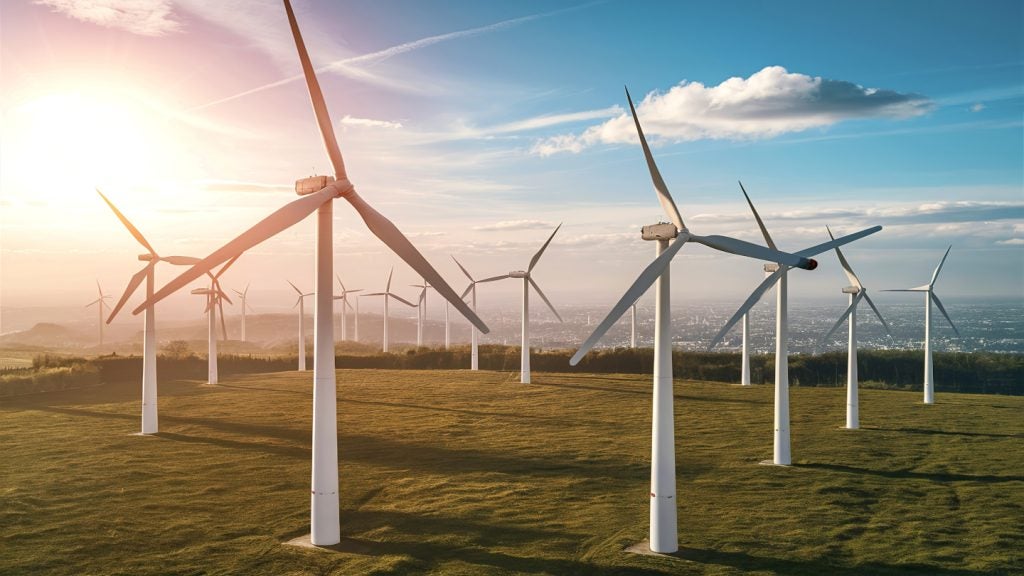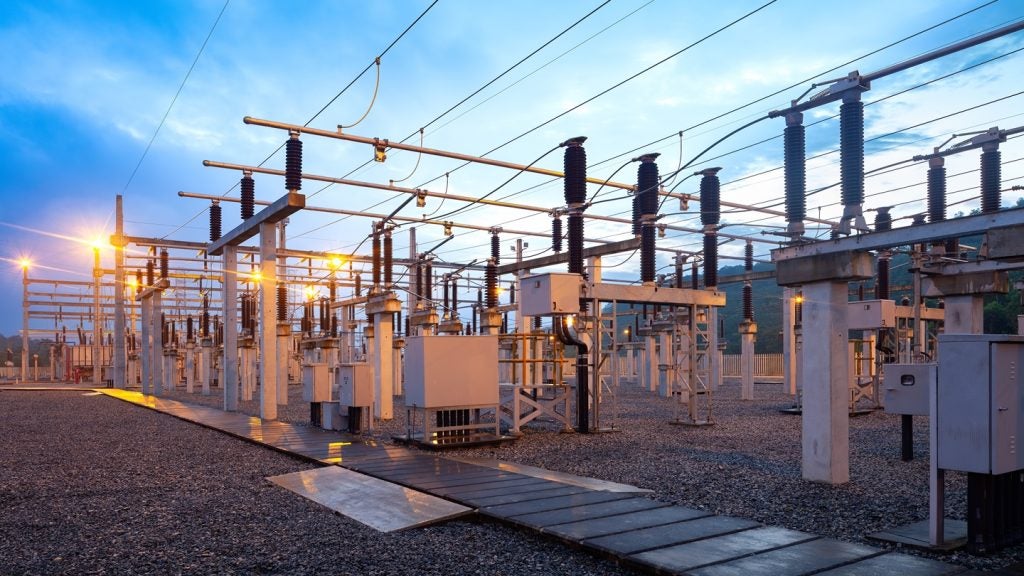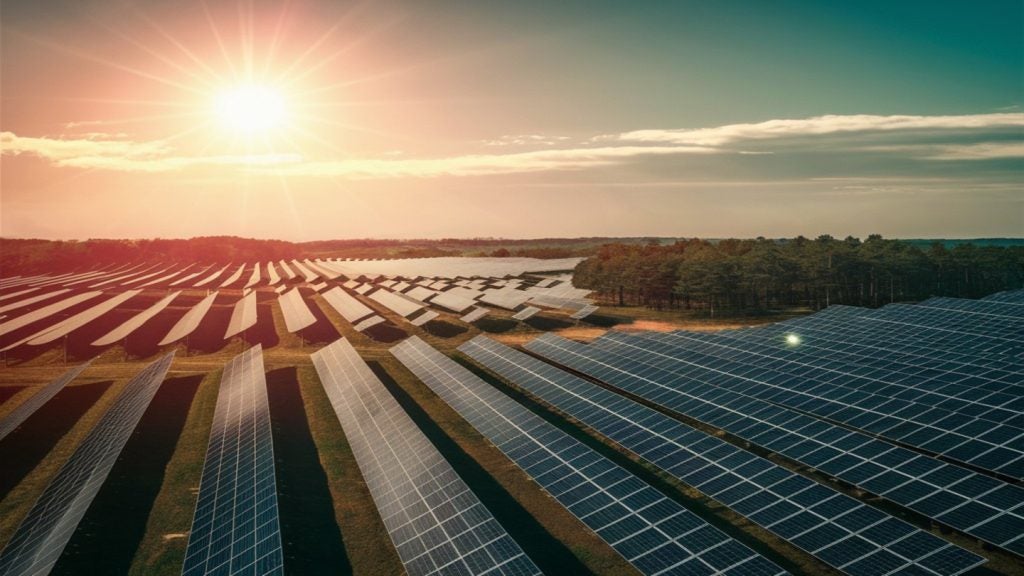UK consumers are anticipated to incur more than £1.8bn ($2.25bn) in grid constraint payments by 2025, as reported by Bloomberg.
The surge in costs is attributed to the limitations in the power grid's capacity to handle the growing share of renewable energy, particularly wind power from Scotland to cities in England, necessitating payments to manage the supply and demand balance.
The constraint payments are projected to increase from £1.5bn in 2024 - an estimate from FTI Consulting - to more than £1.8bn in 2025, based on data from the UK’s nationalised energy system operator the National Energy System Operator (NESO).
Scotland's advantageous windy conditions and lower land costs have made it a hub for wind turbine construction, but the grid's limited capacity to transport this green electricity to high-demand areas in England poses a challenge, and Scotland's grid will experience outages at key choke points for significant periods.
The UK's grid infrastructure will therefore undergo maintenance and upgrades in 2025.
The UK plans new Scotland-England power links to minimise the amount of green energy wasted but curtailment may quadruple as generation outpaces grid expansion under the government's 2030 grid decarbonisation plan.
To address the wasted renewable energy and grid constraints, the UK government is considering shifting from a national to a zonal market system, reflecting the physical limitations of the network with varying power prices across regions. This decision is expected during 2025.
FTI Consulting senior managing director Jason Mann said: “If you have increasing wind generation in Scotland and there’s no one to consume it nor extra transmission to convey it elsewhere, then there will be more and more times with surplus generation. It means, as a country, that we pay an overall higher cost for electricity.”
In 2024, wind power achieved a milestone, becoming Britain's largest electricity source and contributing 30% to the power mix - a step towards the net zero electricity system goal.
NESO reported that renewables, including wind, solar and biomass, along with imports, played a significant role in Britain's electricity mix during the year. Gas plants accounted for 26.3%, imports for 14.1% and nuclear power for 14%.
The closure of Ratcliffe power station on 30 September 2024 marked the end of coal-generated electricity in Great Britain, with coal's contribution at just 0.6%.















